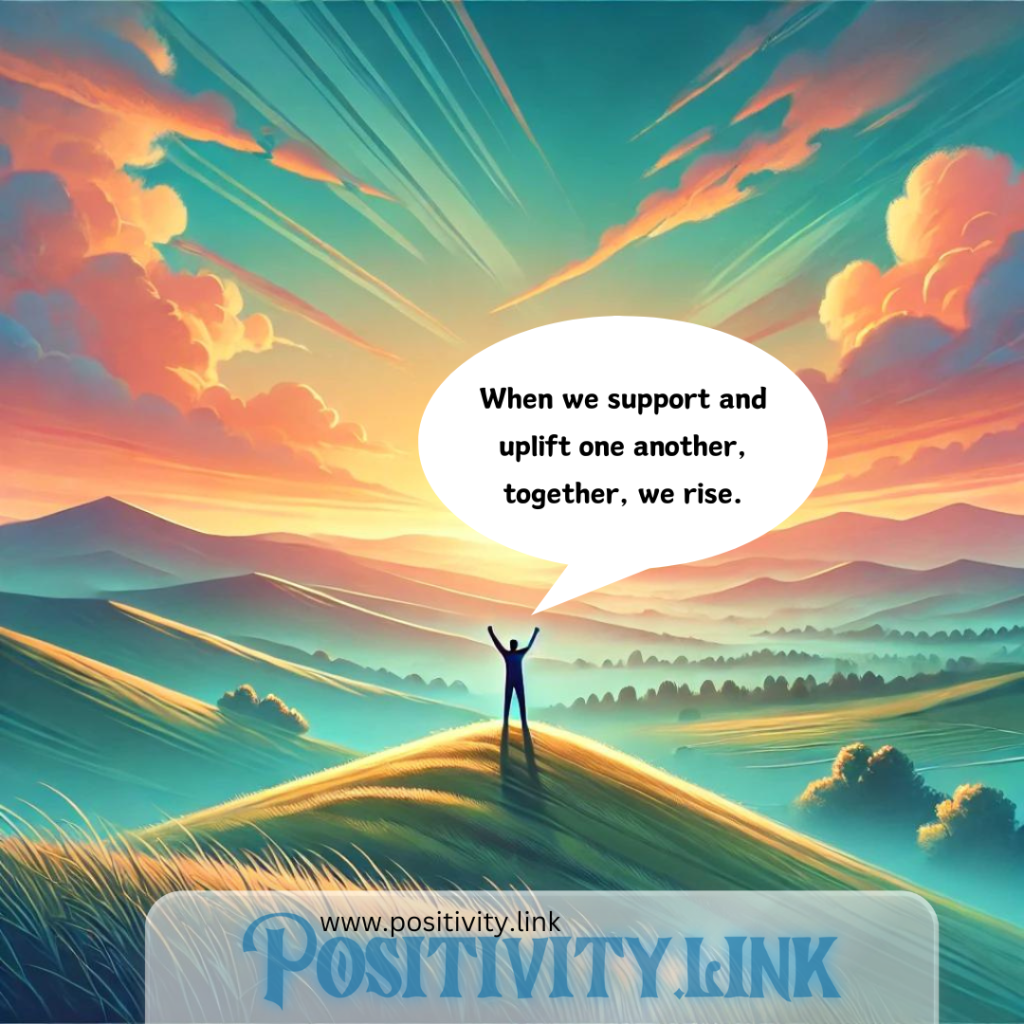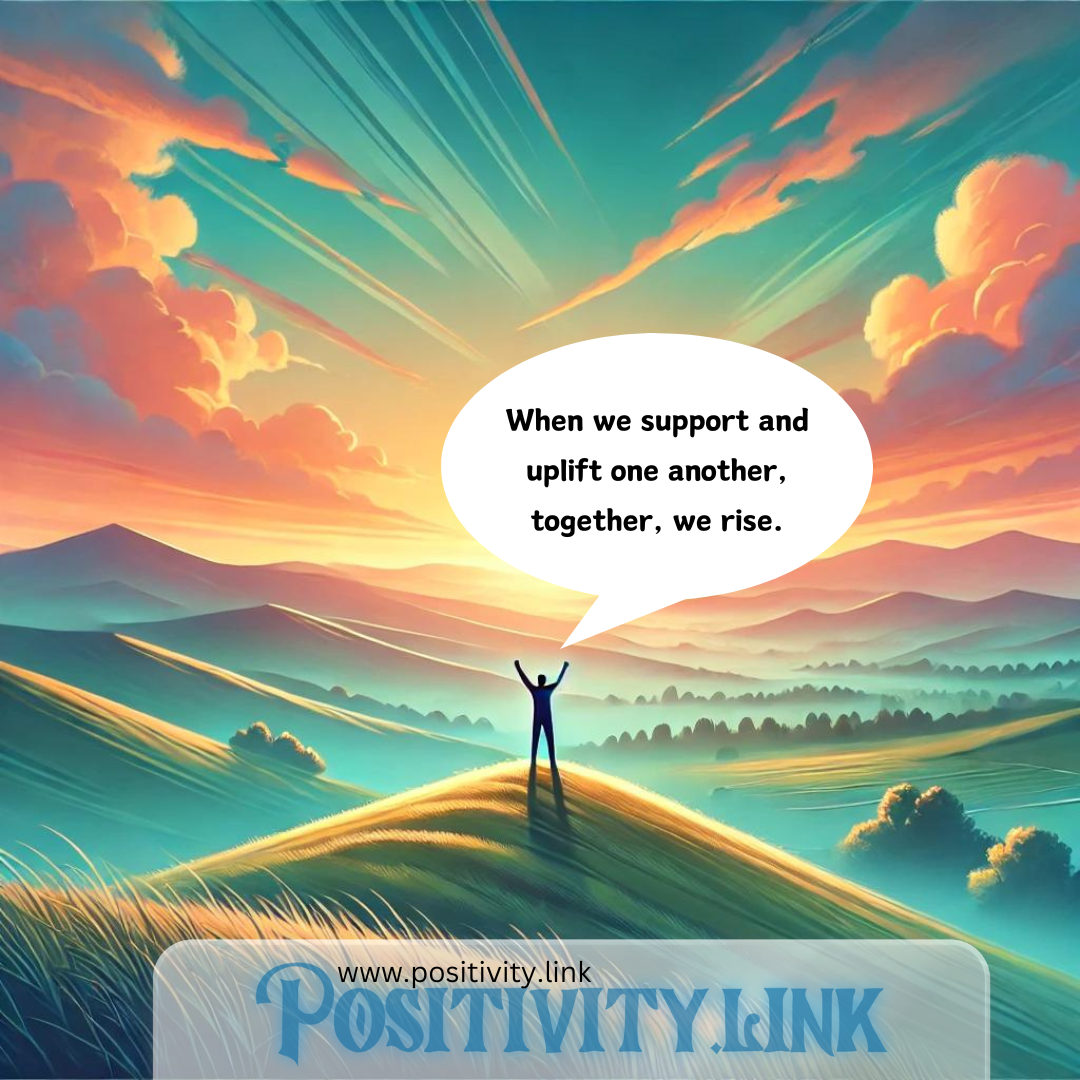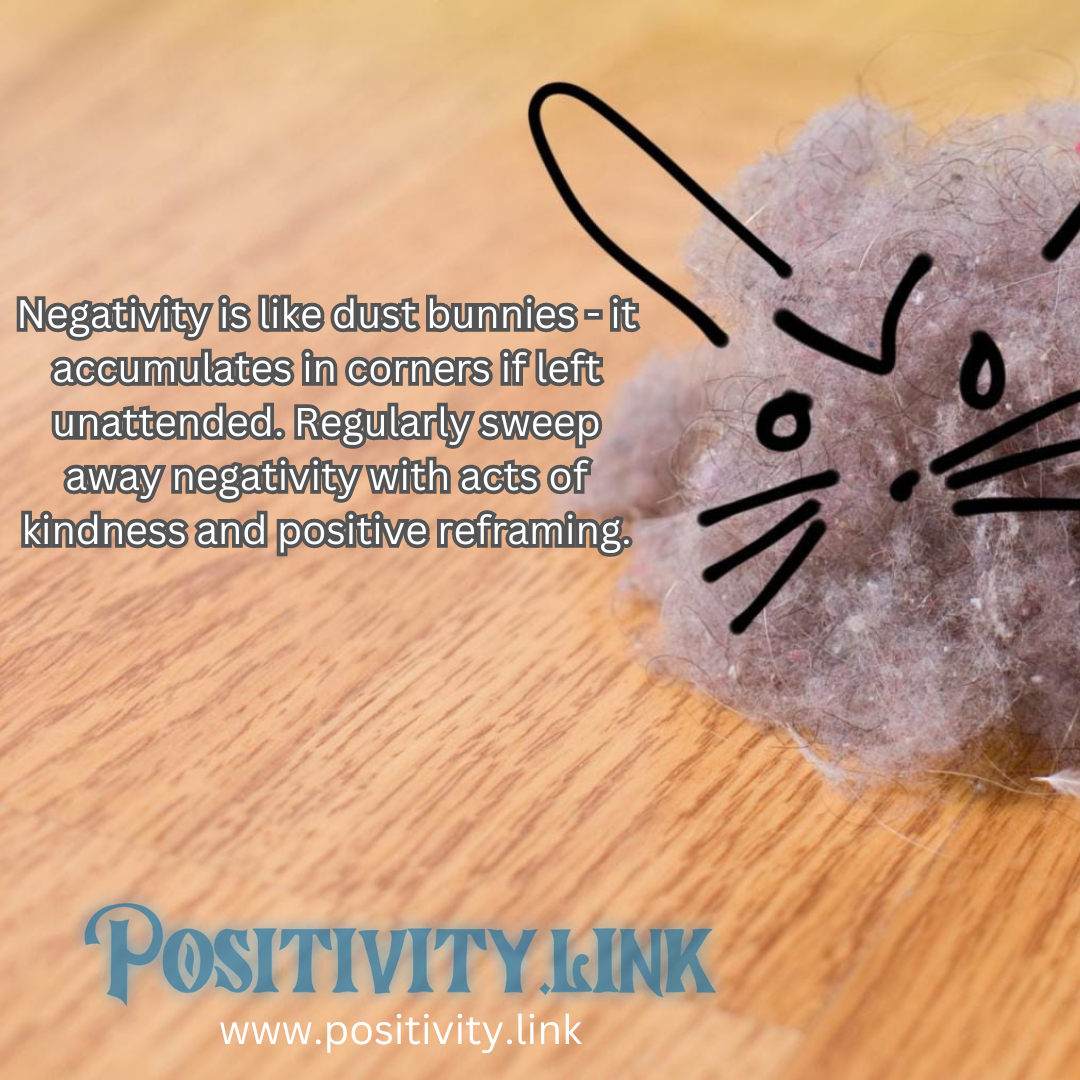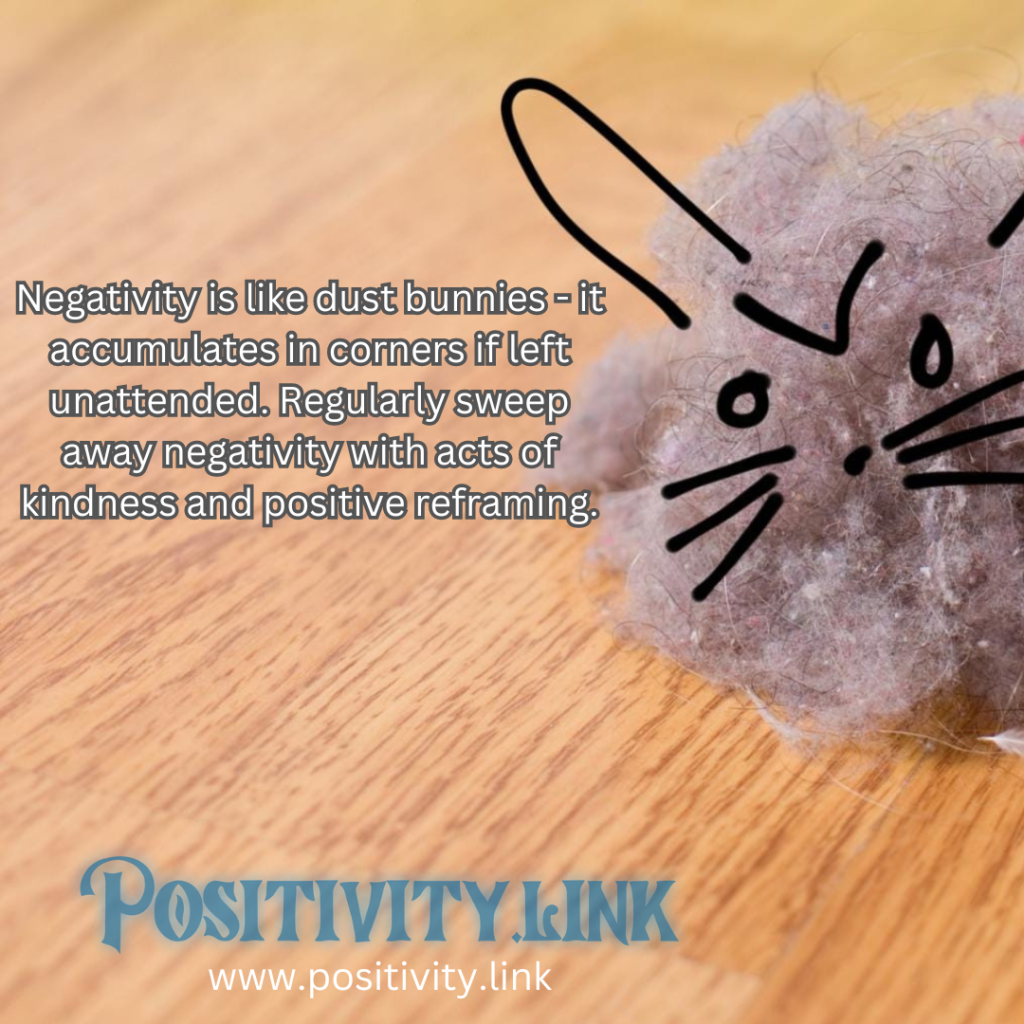In life, difficult situations are inevitable, but how we respond to them can make all the difference. If you’ve been feeling overwhelmed or stuck in a negative mindset, here are five actionable ways to find positivity even during hard times:

- Practice Gratitude Daily
- Start each day by writing down three things you’re thankful for. Focusing on the good in your life, no matter how small, can shift your mindset and help you appreciate the present.
- Set Small, Achievable Goals
- When life feels chaotic, it’s easy to lose track of where you’re going. Setting small, daily goals can give you a sense of accomplishment and help you stay focused on progress.
- Surround Yourself with Positive Energy
- Your environment and the people you interact with can greatly affect your mood. Seek out supportive relationships and spaces, whether online or in person, to lift your spirits.
- Take Breaks to Recharge
- Sometimes the best thing you can do is to step away and give yourself permission to rest. Whether it’s a walk in nature or a quiet moment with a book, taking time for yourself can help reset your mental energy.
- Join a Community Focused on Positivity
- Staying positive is easier when you’re part of a group that encourages and supports you. At Positivity.link, we’re building a space where people can share their stories, lift each other up, and spread positivity every day.
If you’re ready to take control of your mindset and find daily motivation, come join us at Positivity.link and connect with like-minded people on the same journey. Let’s stay positive together!
Want more positivity tips and uplifting messages? Join our growing community at Positivity.link and connect with people who support and inspire each other every day. Together, we can make the world a little brighter! 🌟












